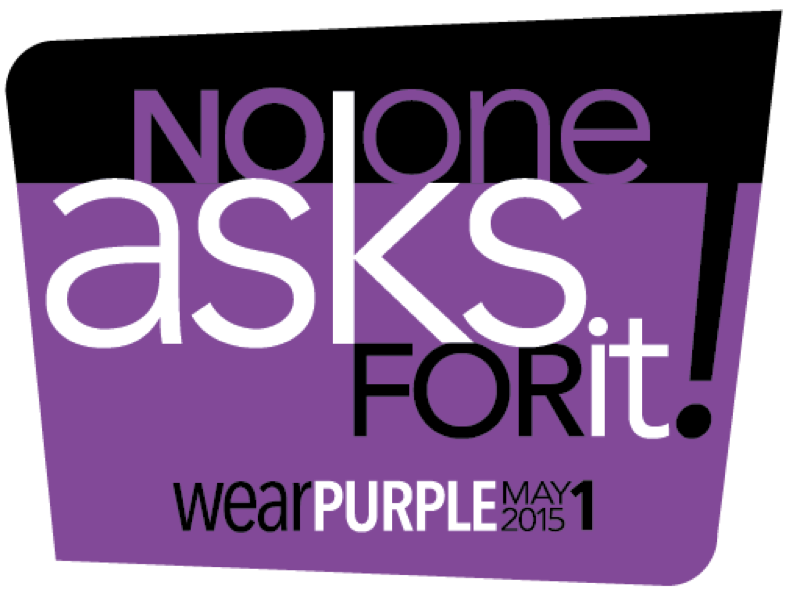This series of articles will be addressing the issue of sexual assault. Some readers may be triggered by the terms or material contained in these blogs. Please take the necessary precautions to avoid being triggered, or have a plan of self-care in place should you find yourself reacting to the material.
Since 1988 May has been Sexual Assault Awareness Month in Canada. For 31 days individuals, agencies and community organizations make extra efforts to inform the public about what constitutes sexual assault, who is most likely to be assaulted by whom, and the changes necessary to eradicate this abuse.
I prefer to call it Sexual Assault Prevention Month because it’s not enough to be aware of the issue, we need to stop it before it happens.
To make sure we’re all talking about the same things it’s important to clarify a few definitions.
Sexual violence is a broad term that includes sexual assault, sexual harassment, rape, incest, femicide, female genital mutilation, trafficking and prostitution. Verbal sexual harassment and the use of photos sent over the internet are also forms of sexual violence. In each case, consent is not given or certainly not given freely.
Sexual assault is any unwanted act of a sexual nature forced by one or more persons upon an individual. This includes:
- Unwanted touching — either directly or through clothing. The victim may be touched by the perpetrator or the victim may be forced to touch the abuser. Genitals, anus, groin, breasts, inner thigh or buttocks may be involved. Usually, this is called sexual harassment. Consent is not given by the victim.
- Rape is unlawful sexual intercourse or any other sexual penetration of the vagina, anus, or mouth of a person, with or without force, by a sex organ, other body part, or foreign object without consent. This includes situations where the victim is too intoxicated to give consent.
Drugs or alcohol may be used to intoxicate the victim. This includes drugs or alcohol that the victim has consumed either voluntarily or involuntarily. Date rape or club drugs are perhaps the best known means of rendering a victim unable to give consent. However, anesthesia has been used by abusers like Dr. George Doodnaught convicted of sexually assaulting twenty-one female patients over a ten year period while he was an anesthesiologist at North York General Hospital
It’s well known that one-in-three Canadian women will experience sexual assault in their lifetime. The majority of victims will be under 25 years of age. Most women know their attacker. Most do not report the crime to police.
According to Canada’s National Clearinghouse on Family Violence (2008) one-in-six Canadian men will be sexually assaulted in their lifetime. Most know their attacker. Most do not report the crime.
This is not a crime of passion, love or affection. This crime relies on an imbalance of power that enables the abuser to use coercion and force to control the women and girls, men and boys that they choose to abuse.
Acknowledging that sexual assault happens is a first step toward addressing this issue. What we really need to do is look at how society has normalized the imbalance of power and control that enables sexual assault to continue to happen.
On Friday, May 1 stand in solidarity with the victims and survivors of sexual assault. Wear purple in recognition of all Canadians who have experienced sexual assault because #NoOneAsksForIt!



